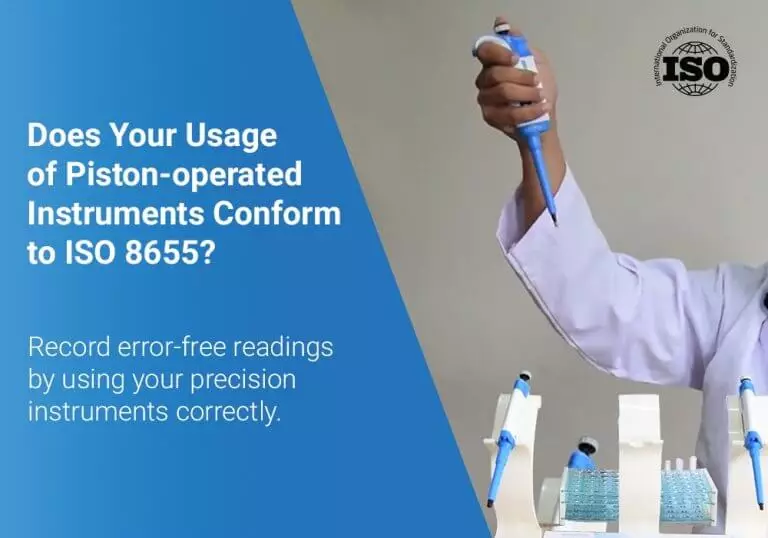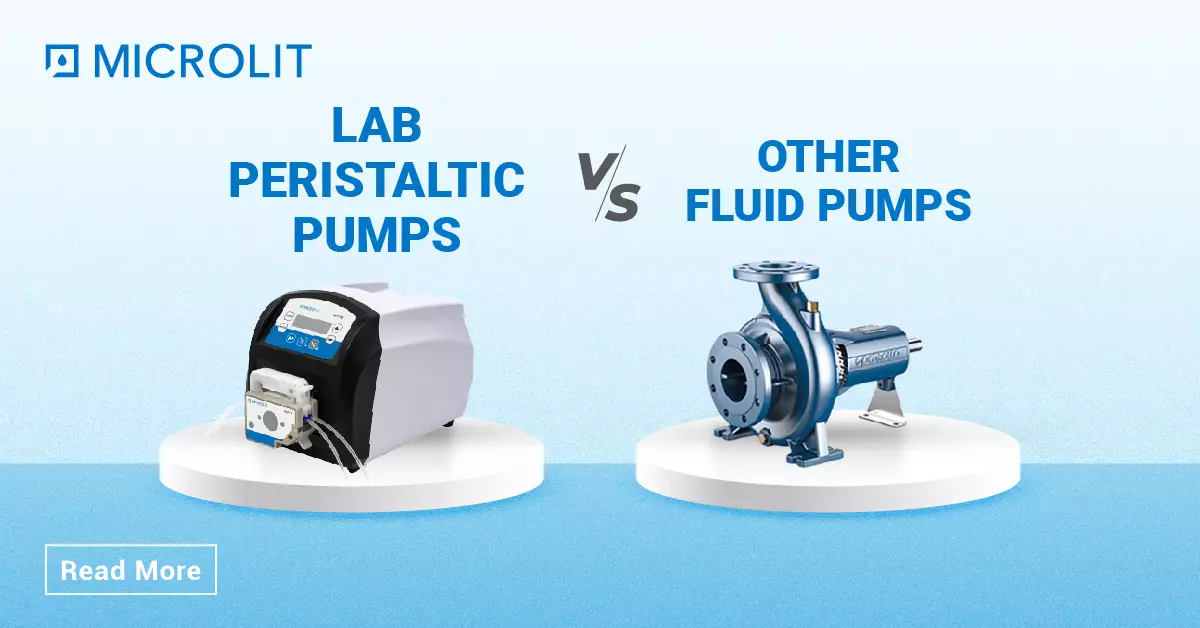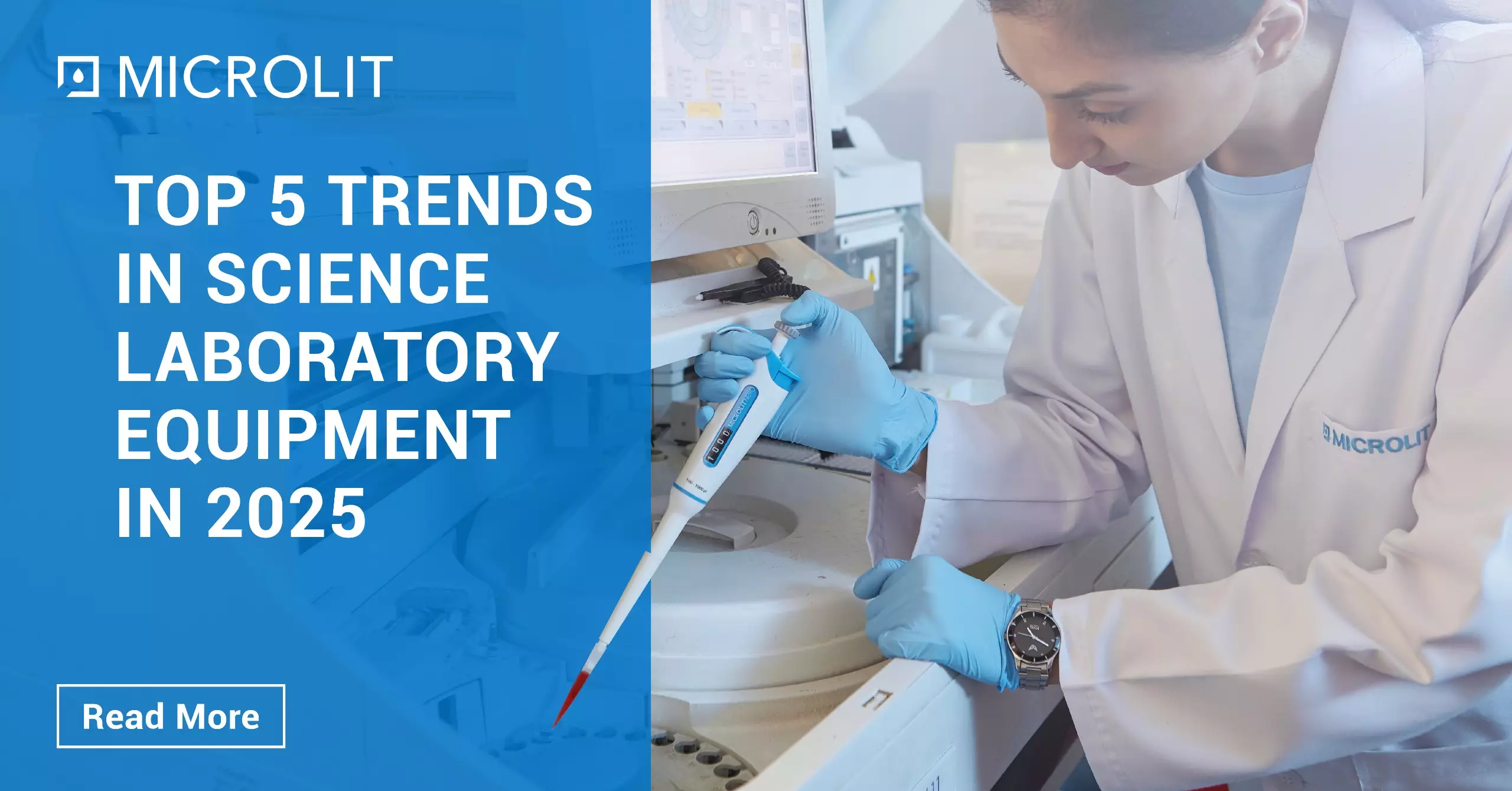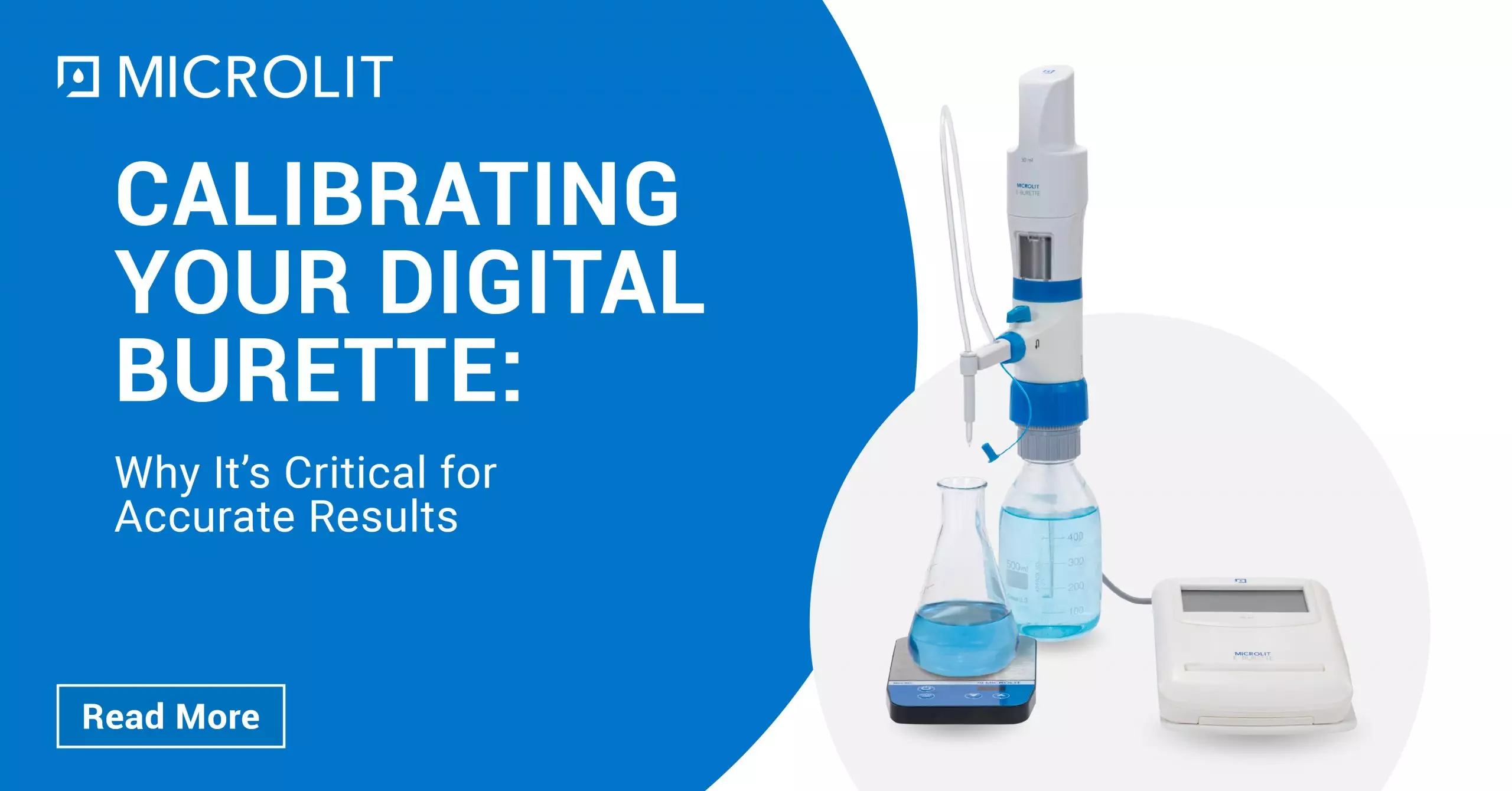In the global marketplace, it is mandatory to have a robust checks and balances framework in place in order to maintain consistency and quality across industry players belonging to different nations. International standards help to keep a level playing field, and one such organization that fulfills this role is the International Organization for Standardization (ISO).ISO is an independent, non-governmental, international organization that develops standards to ensure the quality, safety, and efficiency of products, services, and systems.The ISO 8655 is a standard developed by the ISO Technical Committee #48 to define the requirements necessary to conduct accurate and reliable calibrations of piston-operated instruments like pipettes and other closely related measurement equipment.It details various methods, test conditions, test equipment, reporting requirements and the prerequisites for reporting the required measurements and/or uncertainty values.Today, it is the most critical ISO standard for calibrating piston-operated pipettes, burettes, diluters, and dispensers.
1. Understanding ISO 8655 accuracy and interpreting the Coefficient of Variation (CV)
The ISO 8655 clearly defines the error limits for piston-operated instruments. The standard characterizes both the maximum permissible systematic error limit, as well as the maximum permissible random error limit for a device, for volumes ranging from 1 µl to 10,000 µl.
For example, when an ISO standard states that the accuracy of a pipette is 0.8% in the range 10-100 µl, it means that at the nominal value of 100 µl, the accuracy is 0.8% or +/- 0.8 µl. The CV for the same would be the average of the standard deviations of the recordings that we’ll get while carrying out the experiment repeatedly for a certain number of times.
Since the range is fixed, the amount (0.8 µl) is also fixed for any volume between 10-100 µl. For 50 µl, although the accuracy percentage is 1.6%, the accuracy would be 50 +/- 0.8 µl. Similarly, at 10 µl, the accuracy will be 10 +/- 0.8 µl but the percentage will be 8%.
2. Achieving high precision and accuracy
The ISO 8655 standard defines a stepwise procedure for generating valid and reliable measurement data.
the listed procedures include proper techniques for tip installation, pre-wetting, aspiration and dispensing, measurement container requirements, required number of measurements, evaporation rate determination and time lapse for test completion.
a) Pipettes
Pipettes have an air displacement-based piston movement. Thus, there is a two-step plunger movement to ensure that even the last drop gets dispensed.
The second step helps in a super blow out that overcomes the air cushion and air compression. Once the first step is done, the second one should be carried out only after a gap of a few seconds, ensuring that all the remaining liquid comes down at the end of the tip.
Please keep in mind that the plunger movement has to be smooth and consistent, in order to avoid any kind of variations in the piston speed.
b) Bottle Top Dispensers
Bottle Top Dispensers have a positive displacement piston where the liquid is in contact with the piston and there is no air gap.
In this case, two factors are important – ensuring smooth and consistent movement with no piston speed variations, and, since the volume setting is manual, paying extra attention and handling it carefully.






